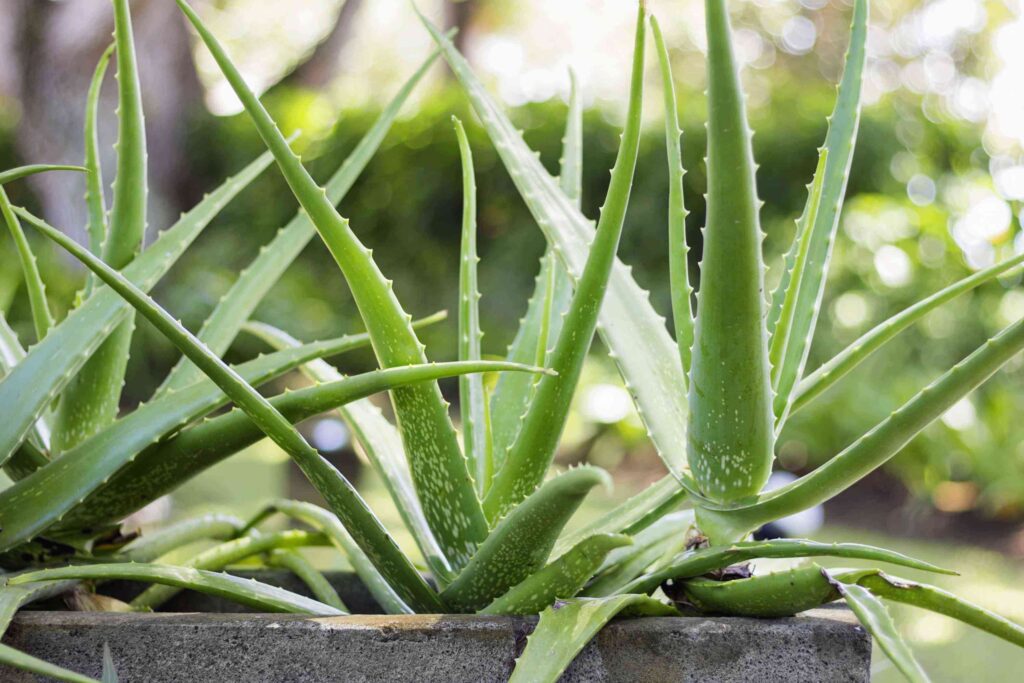
Aloe Vera’s Secret War Against Arthritis: What Research Reveals
Using aloe vera for arthritis pain has quietly gained scientific legitimacy, emerging from centuries of traditional use into peer-reviewed research laboratories worldwide. This humble succulent’s transformation from folk remedy to potential medical intervention reveals how modern science validates ancient wisdom.
The Documentary Evidence
The scientific literature tells a story that would surprise many sceptics. Research published in peer-reviewed journals reveals that despite being used as an arthritis treatment for centuries, evidence of the effectiveness of Aloe vera is anecdotal or from small studies. Yet the accumulating data suggests something more substantial is happening beneath the surface.
A comprehensive investigation published in medical journals found that oral Aloe vera could be used in the treatment of chronic non-cancer pain, particularly that caused by osteoarthritis. The mechanism appears surprisingly sophisticated: the plant’s bioactive compounds target multiple inflammatory pathways simultaneously, creating what researchers describe as a synergistic effect that conventional pharmaceuticals struggle to replicate.
The Molecular Intelligence
What makes aloe vera particularly intriguing is its apparent molecular intelligence. Recent computational studies identified five major bioactive compounds that demonstrate remarkable specificity in targeting tumour necrosis factor-alpha (TNF-α), a key inflammatory mediator in arthritis. The results suggested that these five major bioactive compounds present in Aloe vera can inhibit the TNF-α activity, indicating that these ligands may be used as a lead for the development of novel anti-rheumatoid arthritis drugs with fewer side effects.
This isn’t accidental biochemistry; it’s precision targeting that pharmaceutical companies spend billions trying to achieve. The plant appears to have evolved a multi-pronged approach to inflammation:
• Direct anti-inflammatory action: Compounds in aloe vera gel demonstrate measurable reduction in inflammatory markers
• Protective effects: It has utility as an anti-inflammatory agent and also as a prophylactic against the gastrointestinal irritant effects of non-steroidal anti-inflammatory drugs (NSAIDs)
• Cellular repair mechanisms: Enhanced immune response and tissue healing at the cellular level
• Pain pathway modulation: Direct interference with pain signal transmission
The Singapore Connection
In Singapore, where traditional Chinese medicine intersects with cutting-edge medical research, aloe vera has found particularly fertile ground. Healthcare practitioners report that using aloe vera gel in Singapore is another good and natural option for relieving arthritis pain. The city-state’s unique position as both a traditional medicine hub and a centre for pharmaceutical innovation has created an environment where ancient remedies receive serious scientific scrutiny.
Singapore’s medical community has documented specific protocols for aloe vera application in arthritis management. The recommended approach involves both topical and oral administration, with practitioners emphasising the importance of quality sourcing and proper preparation methods.
The Clinical Reality
Laboratory studies using animal models provided compelling evidence of aloe vera’s anti-arthritic properties. Controlled experiments demonstrated that Aloe vera gel homogenate shows anti-inflammatory activity through lysosomal membrane stabilisation and downregulation of TNF-α and Cox-2 gene expressions in inflammatory arthritic animals.
These findings translate into practical applications for human patients:
• Topical application: Direct gel application to affected joints provides localised anti-inflammatory effects
• Oral supplementation: Systematic inflammation reduction through internal consumption
• Combination therapy: Enhanced effectiveness when used alongside conventional treatments
• Preventive application: Potential protection against arthritis progression in at-risk populations
The Preparation Protocols
Quality determines efficacy in aloe vera arthritis treatment:
• Fresh plant extraction: Cut a mature aloe leaf, peel the outer layer, and extract the clear gel with clean instruments
• Commercial selection: Choose preparations with no added preservatives or artificial additives
• Processing integrity: Avoid products using heat treatment that destroys bioactive compounds
• Singapore standards: Local regulatory environment ensures strict quality control for imported supplements
• Storage requirements: Maintain proper temperature and a contamination-free environment
The Side Effect Profile
Unlike many pharmaceutical interventions, aloe vera’s side effect profile appears remarkably benign when properly administered. The documented side effects are largely predictable and manageable:
• Blood glucose effects: Potential interaction with diabetes medications requiring monitoring
• Gastrointestinal sensitivity: Possible digestive upset in sensitive individuals
• Allergic reactions: Rare skin sensitivity in topical applications
• Drug interactions: Potential enhancement or interference with certain medications
The Research Gap
Despite promising preliminary findings, the scientific community acknowledges significant gaps in our understanding of aloe vera’s therapeutic mechanisms. Long-term, randomised, controlled studies are still needed to address the lack of evidence informing optimum prescribing of pain medication for people with OA.
This research gap represents both a challenge and an opportunity. The challenge lies in securing funding for studies of natural compounds that cannot be patented. The opportunity exists for researchers willing to investigate a therapeutic approach that could potentially reduce healthcare costs whilst improving patient outcomes.
The Practical Application
Implementation requires evidence-based decision-making:
• Medical supervision: Essential when combining with existing arthritis medications
• Complementary approach: Best results occur alongside conventional medical care
• Individual assessment: Consider personal health conditions and medication interactions
• Singapore protocol: Local practitioners emphasise graduated introduction and monitoring
• Realistic expectations: View as an enhancement rather than a replacement for established treatments
The Future Investigation
The scientific investigation of aloe vera’s anti-arthritic properties continues to evolve, with researchers employing increasingly sophisticated analytical techniques to understand the plant’s therapeutic mechanisms. Molecular dynamics simulations and advanced pharmacological studies are revealing new insights into how ancient remedies might inform modern medical practice.
This convergence of traditional knowledge and contemporary research methods suggests that natural anti-inflammatory therapies will become increasingly important in arthritis management. The evidence supports cautious optimism about this remarkable plant’s therapeutic potential, particularly when integrated with conventional medical care.
As research continues to validate what traditional healers have long understood, the scientific community edges closer to unlocking aloe vera’s full therapeutic potential. For patients seeking evidence-based alternatives to conventional pain management, the growing body of research supporting aloe vera for arthritis offers genuine hope grounded in solid scientific investigation.
